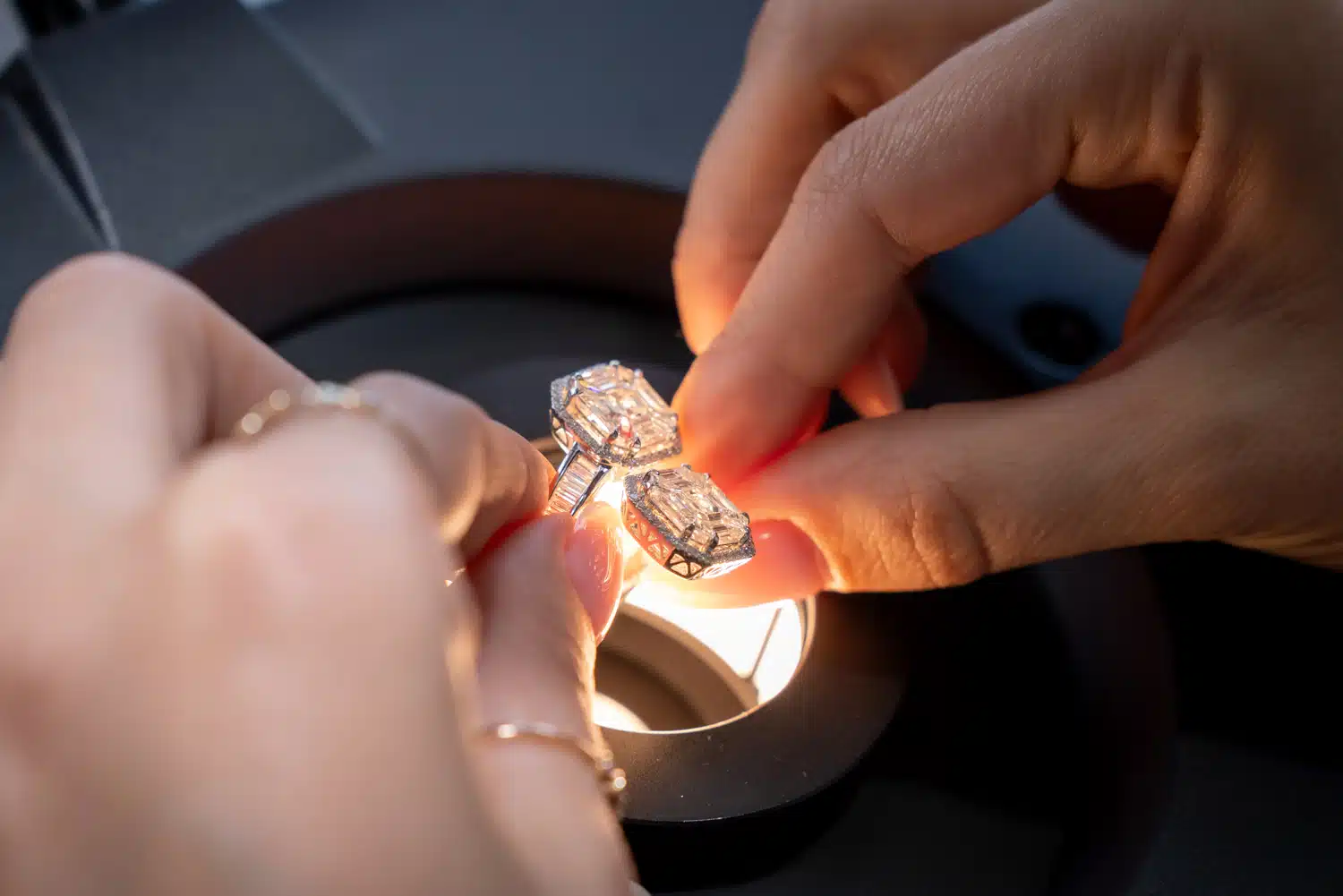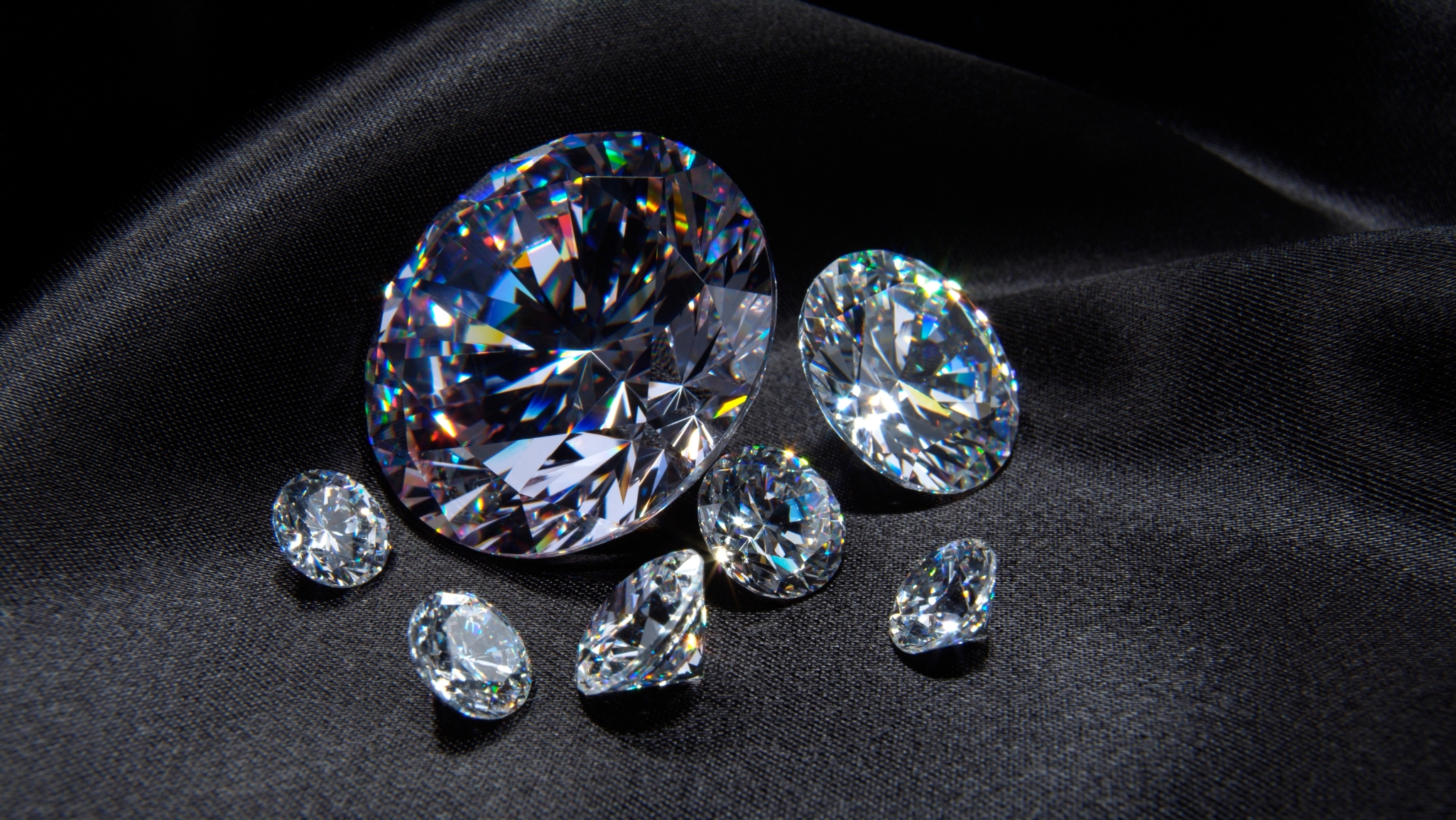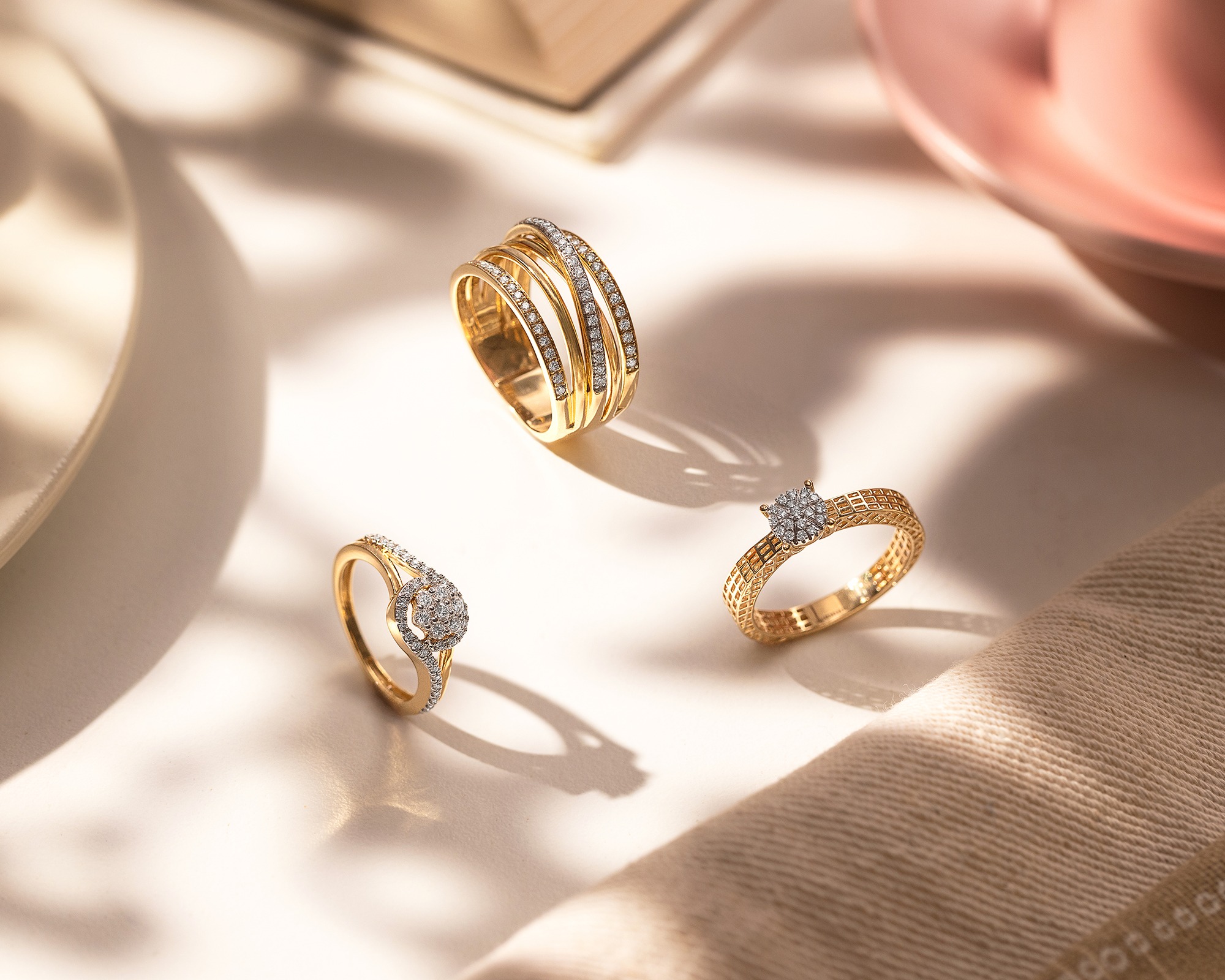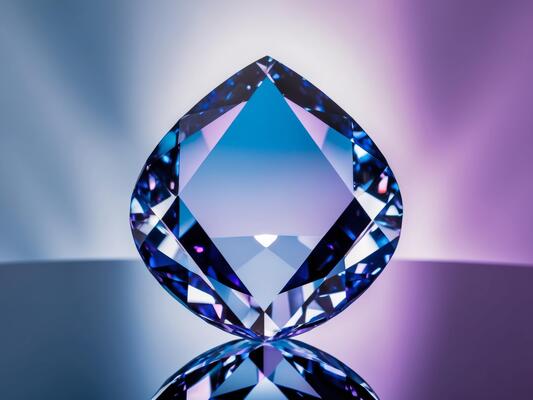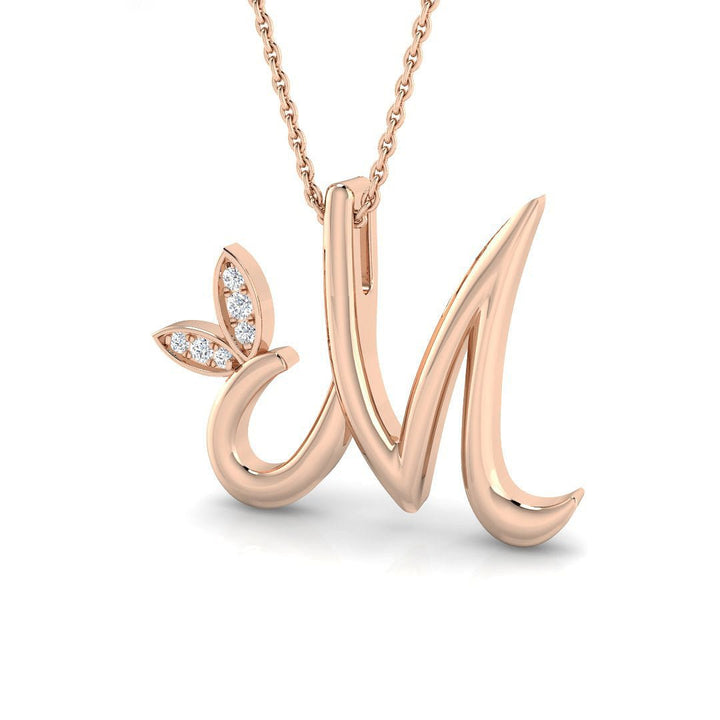The Insider Story of Lab-Grown Diamonds: A Better Choice
Introduction
Have you ever wondered what makes lab-grown diamonds different from natural diamonds? Are they truly better, or is it just a marketing gimmick? In a world where sustainability and ethical choices are becoming more critical, lab-grown diamonds are emerging as a popular alternative. But what exactly are they, and why should you consider them for your next piece of jewelry?
The Birth of Lab-Grown Diamonds
Lab-grown diamonds, also known as synthetic or cultured diamonds, are created in a controlled environment using advanced technological processes that mimic the conditions under which natural diamonds form. Unlike imitation diamonds such as cubic zirconia or moissanite, lab-grown diamonds are real diamonds with the same physical, chemical, and optical properties as natural ones.
The Technology Behind Lab-Grown Diamonds
Two primary methods are used to create lab-grown diamonds: High Pressure-High Temperature (HPHT) and Chemical Vapor Deposition (CVD). HPHT involves simulating the high pressure and temperature conditions deep within the Earth where natural diamonds form. CVD, on the other hand, uses a gas mixture to deposit carbon atoms onto a substrate, gradually forming a diamond.
Environmental and Ethical Considerations
One of the most significant advantages of lab-grown diamonds is their reduced environmental impact. Traditional diamond mining involves extensive land disturbance, water usage, and energy consumption, often leading to habitat destruction and pollution. In contrast, lab-grown diamonds require less energy and water, and they do not contribute to deforestation or habitat loss.
Ethically, lab-grown diamonds also offer a more transparent supply chain. They are free from the conflict and human rights abuses often associated with natural diamond mining. As a result, consumers can purchase lab-grown diamonds with confidence, knowing they are making a more ethical choice.
Quality and Value
Lab-grown diamonds are not only environmentally friendly and ethically sound, but they also offer excellent quality. They are graded by the same standards as natural diamonds, assessing the four Cs: carat, cut, color, and clarity. In many cases, lab-grown diamonds can be of higher quality and greater purity than their natural counterparts.
Moreover, insider story of lab grown diamonds better often come at a lower price point, providing better value for consumers. This affordability allows buyers to opt for larger or higher quality stones within their budget, making luxury more accessible.
Debunking Myths About Lab-Grown Diamonds
There are several misconceptions about lab-grown diamonds that need to be addressed. Some people believe that because they are made in a lab, they are not real diamonds. However, lab-grown diamonds are identical to natural diamonds in every way. Another common myth is that lab-grown diamonds do not hold their value. While it is true that the resale market for lab-grown diamonds is still developing, their increasing popularity and acceptance suggest that this will change over time.
Conclusion
So, are lab-grown diamonds better? The answer lies in your values and priorities. If sustainability, ethics, and value are important to you, lab-grown diamonds present a compelling choice. They offer the beauty and brilliance of natural diamonds without the environmental and ethical concerns. As technology continues to advance, the quality and affordability of lab diamonds will only improve, making them an increasingly attractive option for consumers.
In the end, the decision is yours. Will you choose the traditional path of natural diamonds, or will you embrace the future with lab-grown diamonds? The choice reflects not just your style, but your values and vision for a more sustainable and ethical world.



